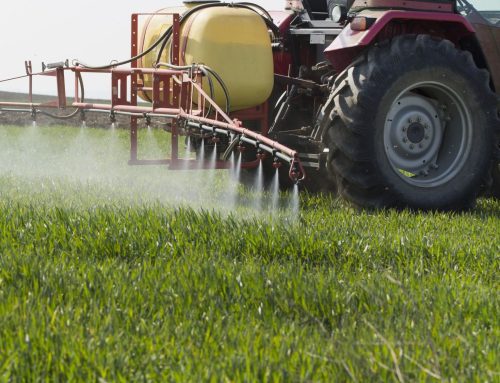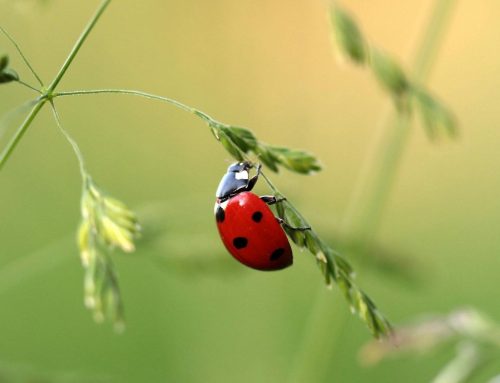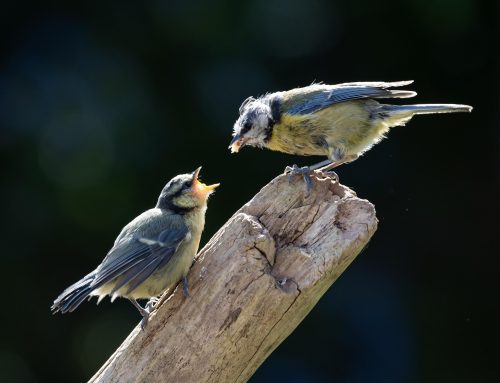by Sarah Brown, Growing Advice Editor of Garden Organic
It’s all too tempting to think of your lawn as a plain green area. Think instead of a wonderful, natural carpet, composed of thousands of separate plants, with colour, texture and wildlife. The organic lawn can feed birds, insects and soil life, as well as hosting flowers. And you can still sit or play on it – and mow it – without using unnecessary and expensive chemicals.
Before we discuss the possibilities of an organic lawn, as well as how to create and maintain it, let’s just remind ourselves of the lengths that millions of people go to create their ‘perfect’ green lawn (and we’re not talking about bowling green attendants here). There are products galore for sale in garden centres, and plenty of contractors that promise to do the work for you – at a price. A certain well known lawn care agency boasts on its website that they have provided more than 2 million lawn treatments last year. These include 4 different types of grass feed, aeration, scarification, post scarification (includes a mysteriously named lawn ‘massage’) and oasis treatment. Then there’s ‘slow mowing’ treatment, stress reduction, disease management, pest control, and extreme weather repair treatment. Some of it is simply unnecessary (lawns rarely need watering, they almost always recover from drought) and you can bet the chemicals involved, if not specifically certified for organic use, will affect the wildlife above soil as well as within it. And it all adds up in cost.
So, here’s how to have an inspiring, healthy and beautiful green lawn – the organic way.
What types of grass should I use?
If you are starting from scratch, plan a mix of grasses and clover. The latter will lock nitrogen into the soil, acting as a natural fertiliser. Its flowers feed the bees, and it keeps the lawn looking green during a drought. Use a dwarf variety with small leaves.
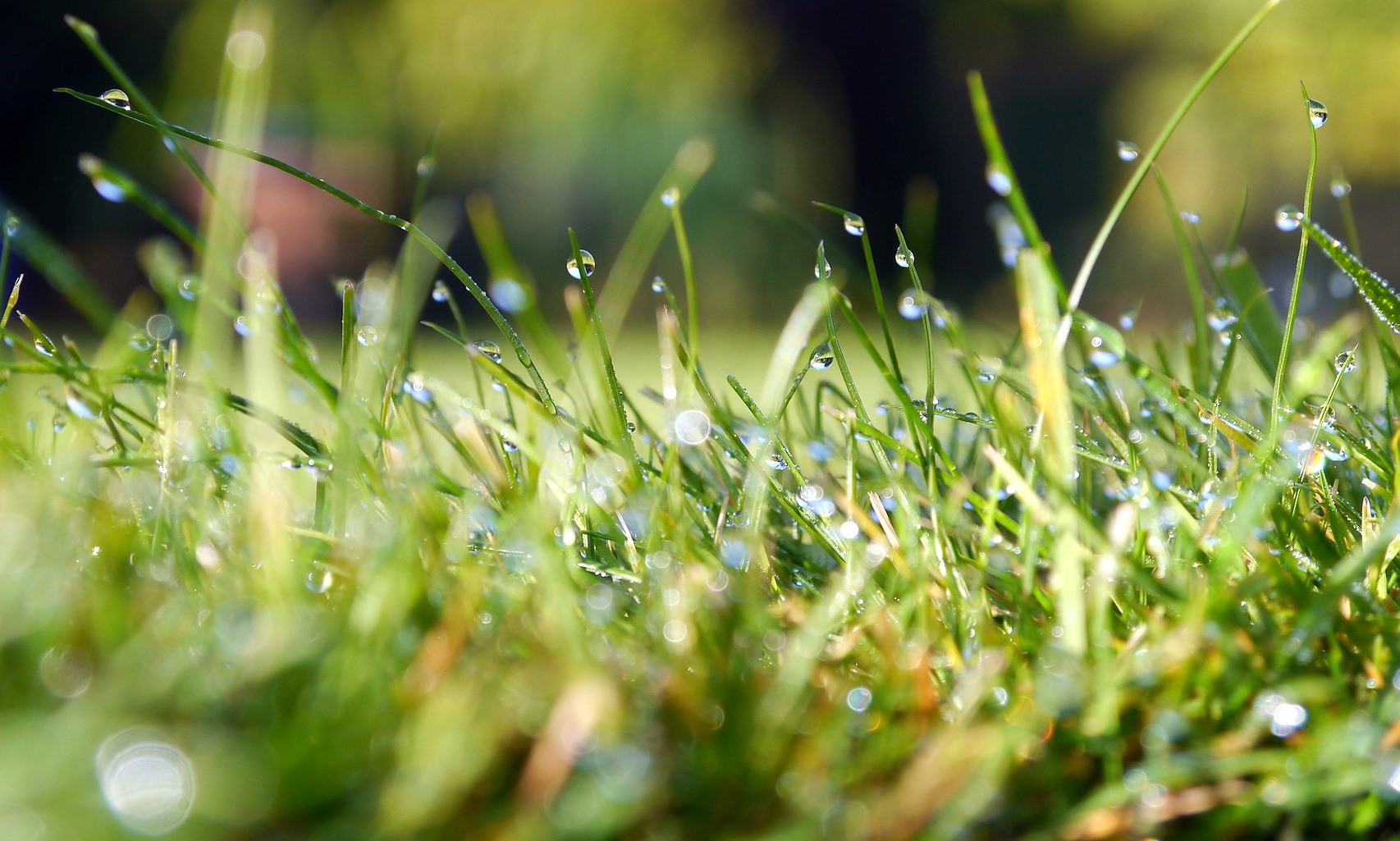
Here are the different types of grass. Why not try a mix?
* Rye grass – hardwearing and perennial, can withstand drought
* Red fescue – hardwearing and reasonably tolerant of drought – includes slender and creeping varieties
* Bent grasses – these spread by their long creeping stems, which extend over the surface of the soil. The joints (nodes) of these stems take root very easily, to form the thick, velvety turf often used on high maintenance lawns such as golf courses.
How do I maintain a lawn?
In spring, gently rake the grass with a spring-tined rake, taking care not to tear it. This removes winter debris and lifts grass and weed foliage for efficient cutting. Leave a pile to one side, for the birds to use to build their nests.
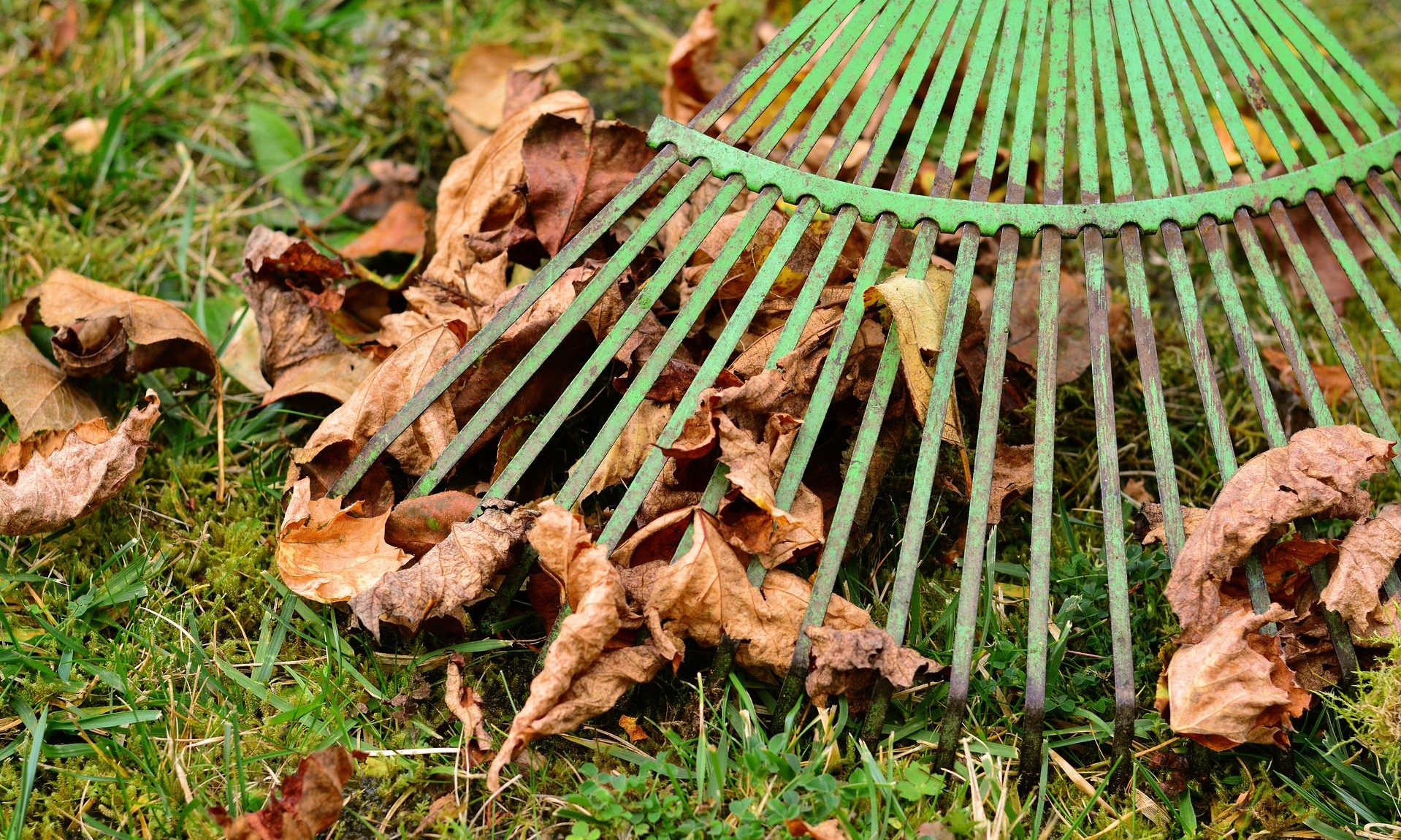
If you have bare patches, sow with grass seed once the soil is warm. Fork the soil to break it up, then firm and level it before applying an appropriate grass seed. Cover with fleece or polythene to keep the birds off and water regularly.
Your first cut should not be too short. Especially if a sunny day leads to a night time frost.
Throughout summer, leave the clippings every so often. As they decompose they release nitrogen, providing up to 30 per cent of the lawn’s required nutrients, especially if you have clover growing amongst the grass. But take care that the clippings don’t create a mat – this will suppress any growth underneath. Just a light sprinkling is perfect.
If cuttings are long, add them to the compost heap (alternating with layers of brown stuff, such as straw, scrunched up paper, or cardboard, otherwise they go soggy). Or use them as a mulch in thick handfuls over damp soil around trees, fruit, vegetables and flowers. This not only keeps the soil moist, but also they will rot down into a nitrogen rich mass.
Discourage perennial thistles by digging them out regularly with a narrow trowel or sharp knife.
Why not leave some areas uncut? Mowing paths between uncut areas creates an interesting mix of order and adventure. You can also plant or sow flowers within the long grass, to attract pollinating insects.
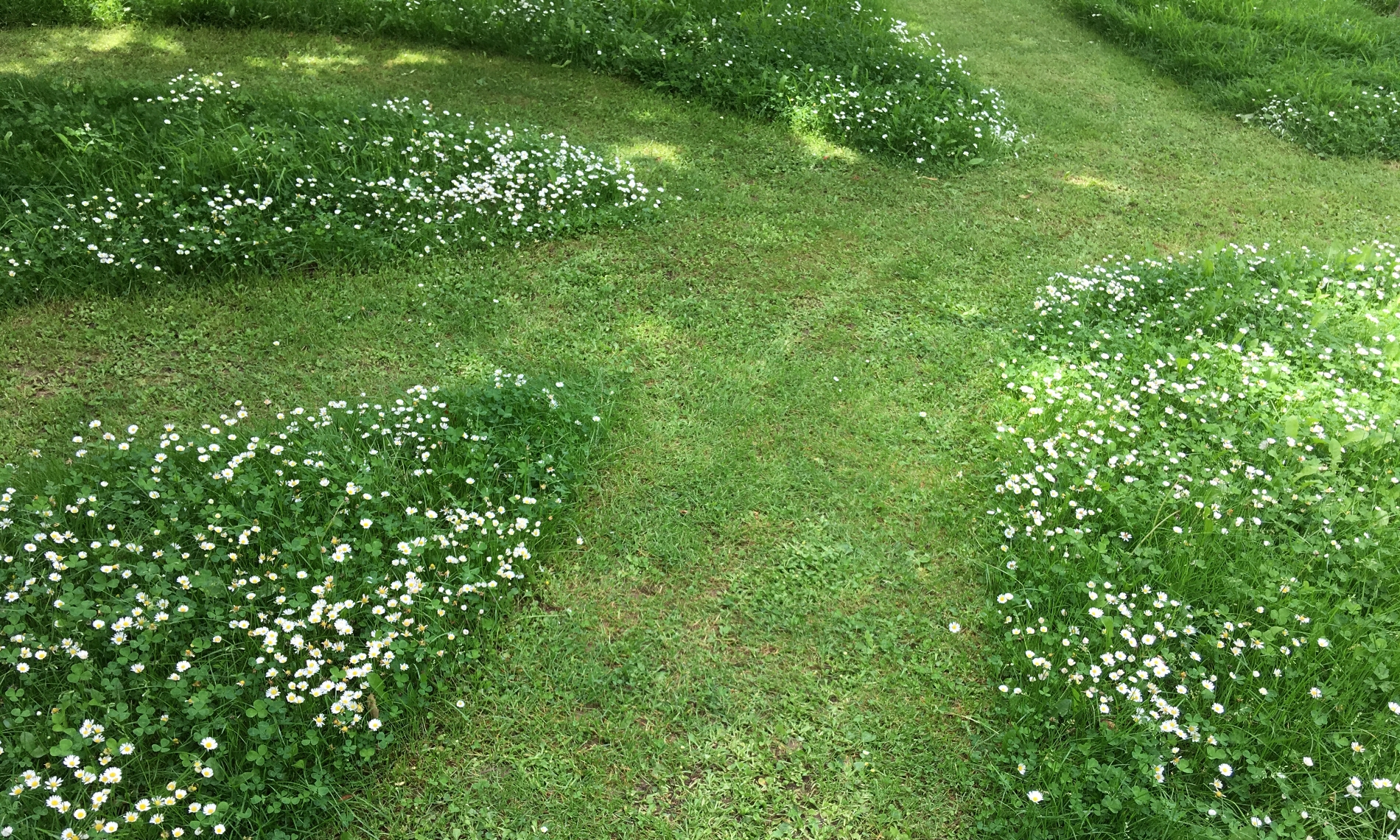
In autumn, continue to aerate the soil to prevent moss. Use a fork to create little holes to help with drainage.
Troubleshooting
Moss in lawns is a symptom of an underlying problem, such as:
Compaction: aerate the lawn (see above) in spring and autumn. Brush in material such as leaf mould, green waste, or even old potting compost. You may need to do this every year.
Too-close mowing: raise the blades on the mower. Keep them to a height of about 3 cm.
Acid conditions: test your soil. Most garden centres sell pH testing kits these days. If the soil is very acid, first aerate, then brush limestone into the holes.
Heavy shade and damp: not always easy to alter. But consider removing the grass entirely in these areas and replacing with plants that will tolerate these conditions.
Weeds – if you really don’t want individual ‘weeds’ like daisies, plantains and dandelions then remove them with a knife. Then fill the hole with light soil, and re-sow grass seed. In general, avoid mowing too low as this can weaken the grass and enable weeds to invade.
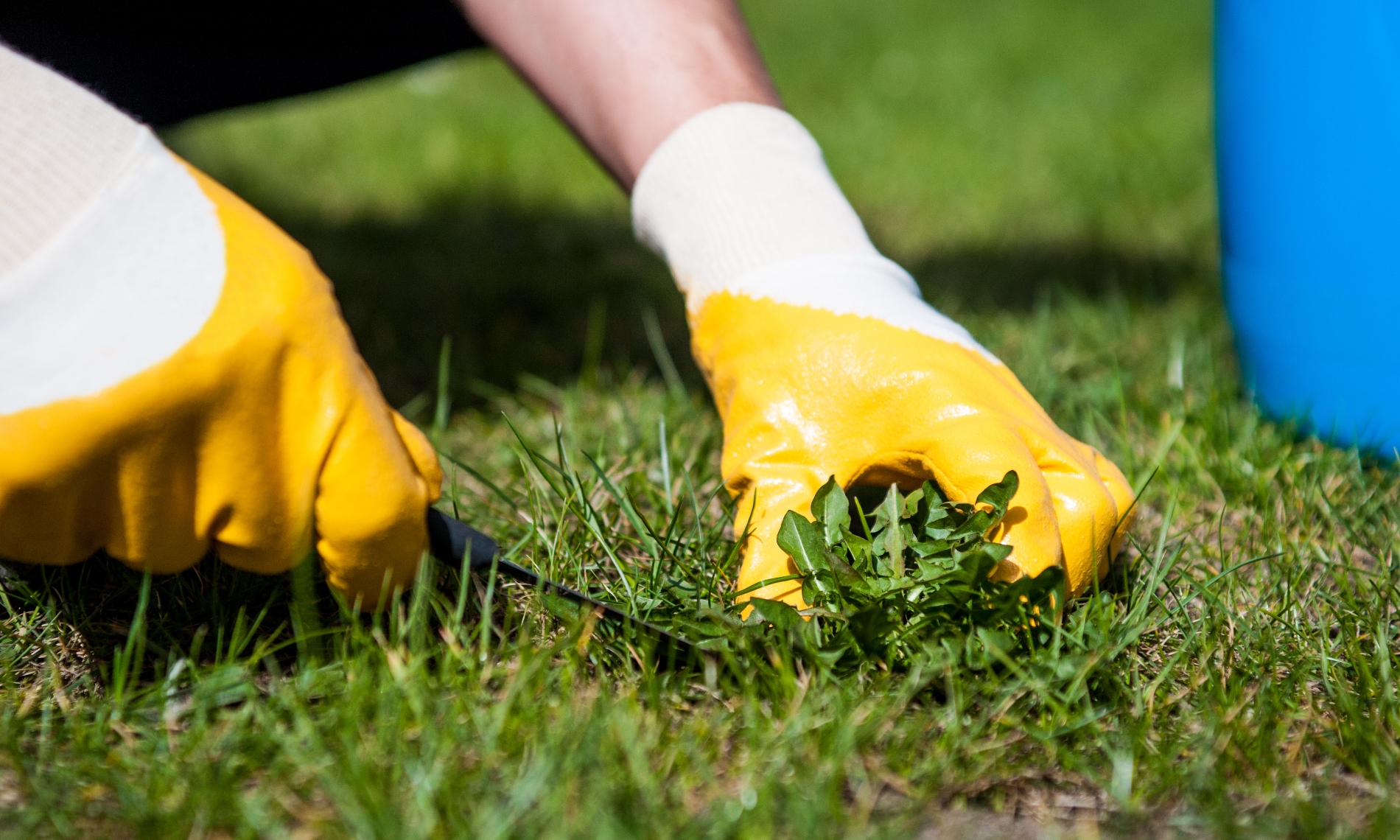
Ants – ants are virtually impossible to eradicate, and though they might not be harming the lawn, they can cause unsightly nests and some will bite if you sit on them! Drown them with water.
Moles – mole hills can be unsightly in a lawn, and make mowing difficult. There are ways of trapping moles humanely (probably best left to professionals) but you can also deter them from creating their tunnels in various ways such as flooding, noise, vibration, the smell of human urine, barriers and even digging them out. Spurge (Euphorbia) can also repel moles. Mole hills are made of a very fine-textured, friable soil. Use it to make potting composts.
Leatherjackets – These are the larvae of the crane fly (daddy-long-legs) and they create yellowing patches on lawns in dry summer (you often see starlings or woodpeckers probing for them). You can trap them by watering yellow patches then covering them overnight with sacking or tarpaulin. The larvae will come to the surface, under the covering, allowing you to pick them off in the morning. Alternatively just enjoy the sight of a handsome green woodpecker in your garden!
Final advice
Don’t be a slave to your lawn. Grass and clover are tough and can withstand most conditions – from snow and frost in winter to hot drought in summer. Make it an interesting area, with a mix of mown and long grass, and plenty of different plants. And share your lawn! Worms, frogs, butterflies, hoverflies, bees and birds are all welcome!



